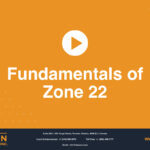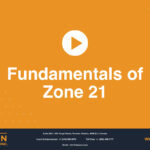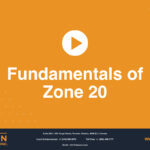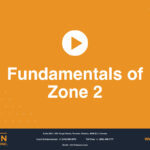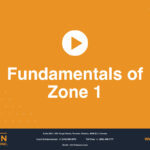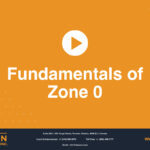Fundamentals of Class I, Division 2
You might have heard of Class I, Division 2 hazardous areas – they are among the hazardous locations defined by the Class-division classification system in North America. Or you might be planning to design a product for a Class I, Division 2 location. This animation will help!!
In this animation, We will define Class I and Division 2; explore protection techniques that can be used for those locations and look briefly at how to obtain a North American certification for Class I, Division 2 products.
Class 1 means that the location contains flammable gases, flammable liquid-produced vapours, or combustible liquid produced vapours.
Division 2 means a location where an explosive atmosphere does not exist under normal operating conditions but, if it does occur, it will persist for a short period only. A Division 2 area might be created during repair or maintenance activities, accidental rupture of a vessel or container or failure of a ventilating system.
Manufacturers sometimes need to construct or purchase an electrical component that is safe to use in a Class 1 Division 2 location, where there is a risk of a fire or explosion.
Let’s look together at an example of a Class I hazardous area. This illustration shows a gasoline tank with a fixed roof and vent. Note that the Division 2 area is immediately adjacent to the Division 1 location .
Notice that the Division 2 location is outside the storage tank, but in the area somewhat removed from the tank’s vent.
In order to be certified as compliant with safety Standards for Class 1, Division 2, the product must be protected by one or more of the following protection techniques: enclosed-break, hermetically sealed, non-incendive, non-sparking, oil immersed, purged/pressurized Type Z, as well as any of the Class 1, Division 1 protection techniques.
A Class I, Division 2 certification for electrical equipment intended for use in hazardous areas can only be obtained from certification agencies that are accredited by the Standards Council of Canada (SCC)in Canada and Occupational Safety and Health Administration (OSHA) in the US. The most common among them, for North America, are UL, CSA, Intertek, QPS, FM, LC and TUV.
Manufacturers seeking certification for Class I, Division 2 products should identify the applicable Standards required for their specific type of products for both ordinary location and hazardous locations. The Class and Division, the Gas Group, and the T-Code must then be marked in accordance with the Gas Group for which the product is safe to use and the T-Class obtained from testing and evaluation.
Class I, Division 2, Groups A, B, C, D, T4 (for example)
Request a Consultation
Complete the form below to get started.

